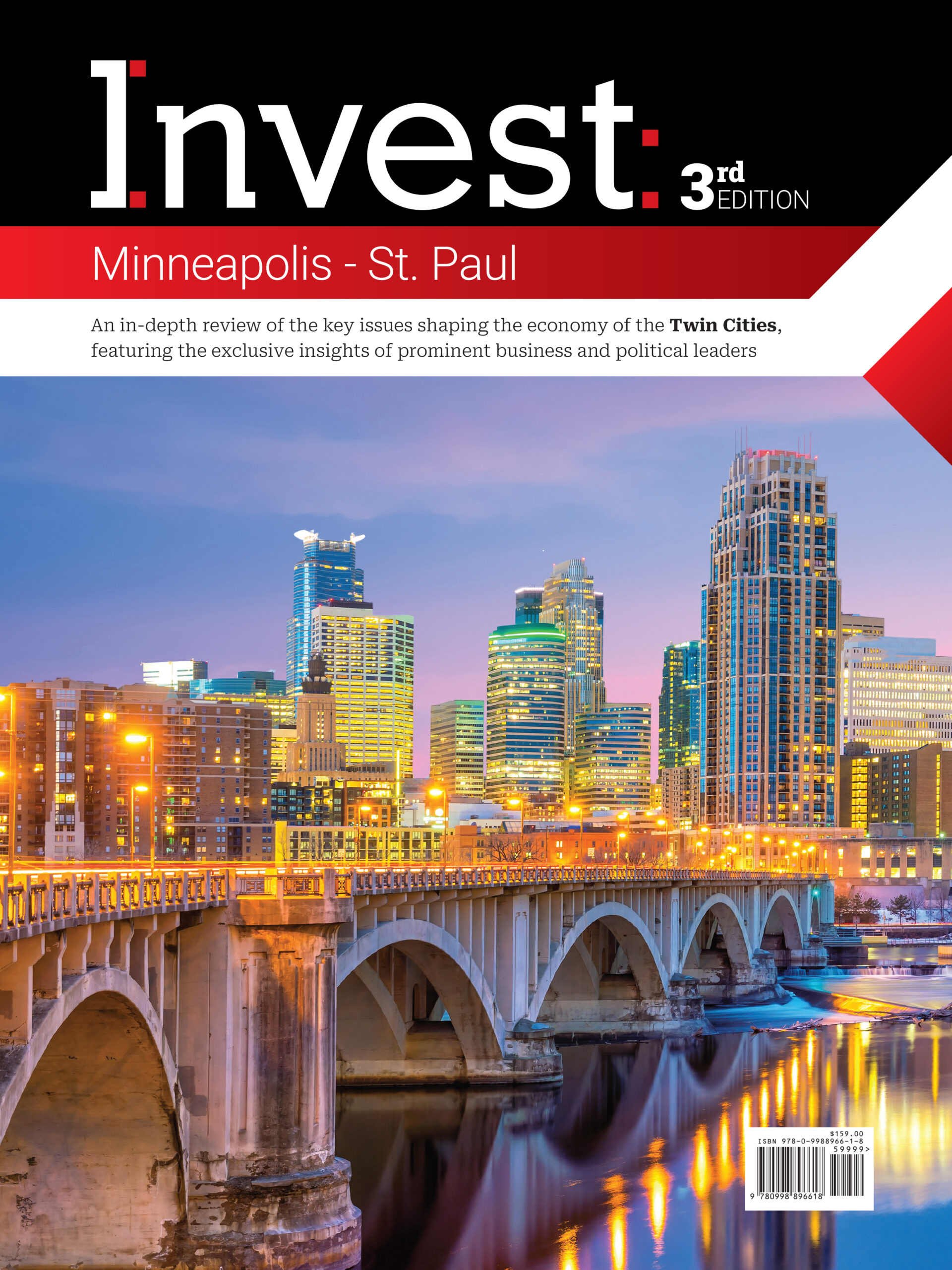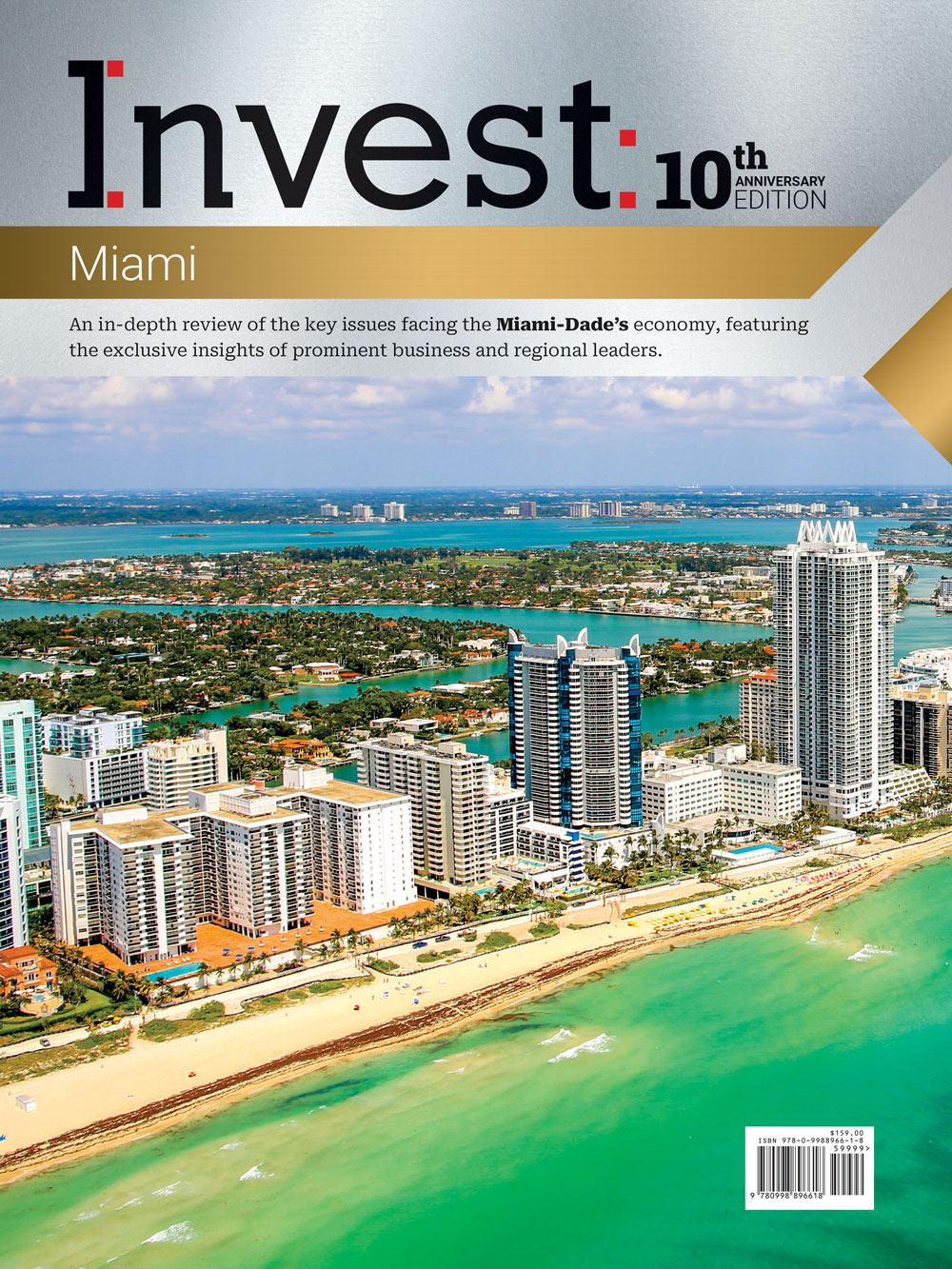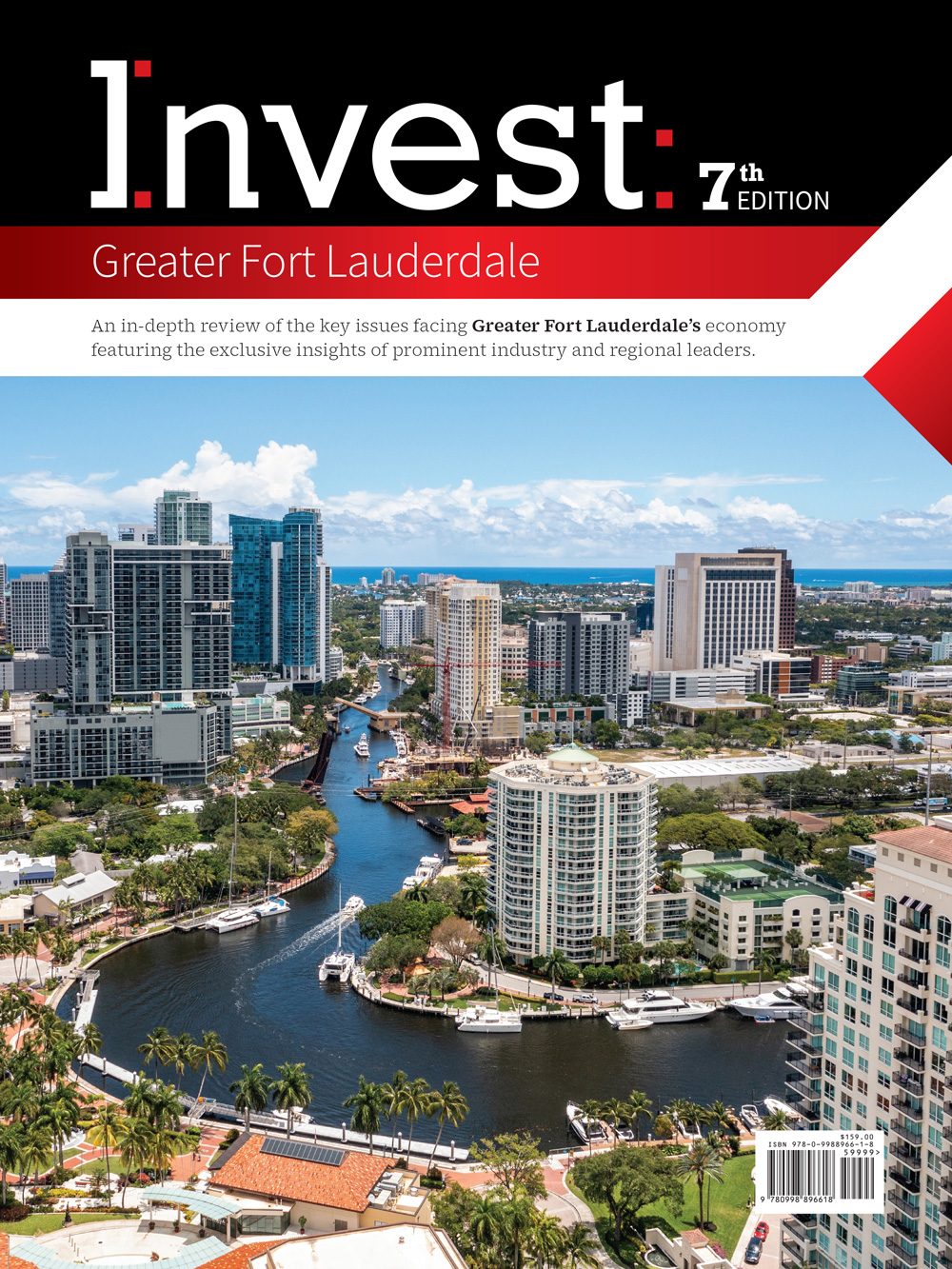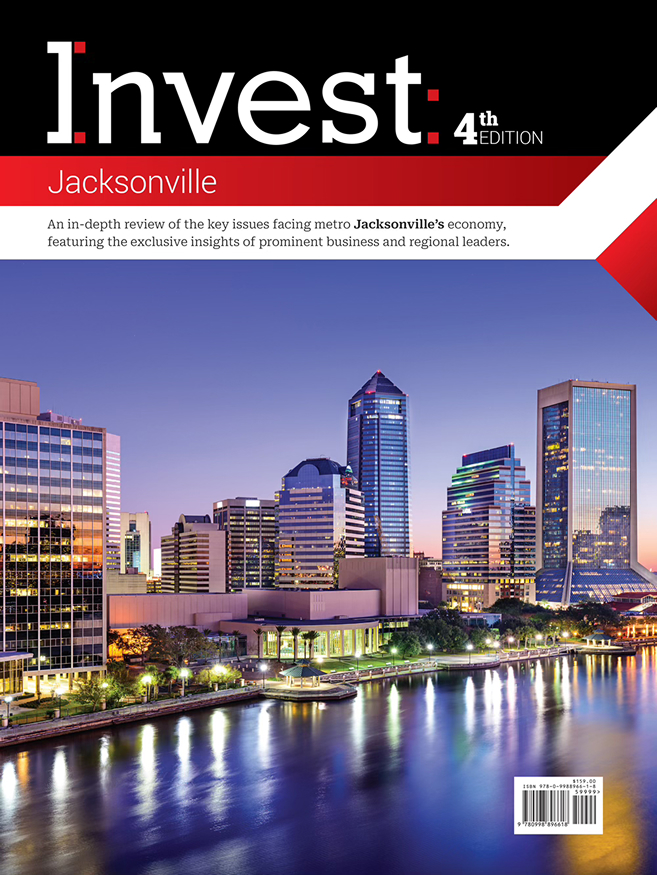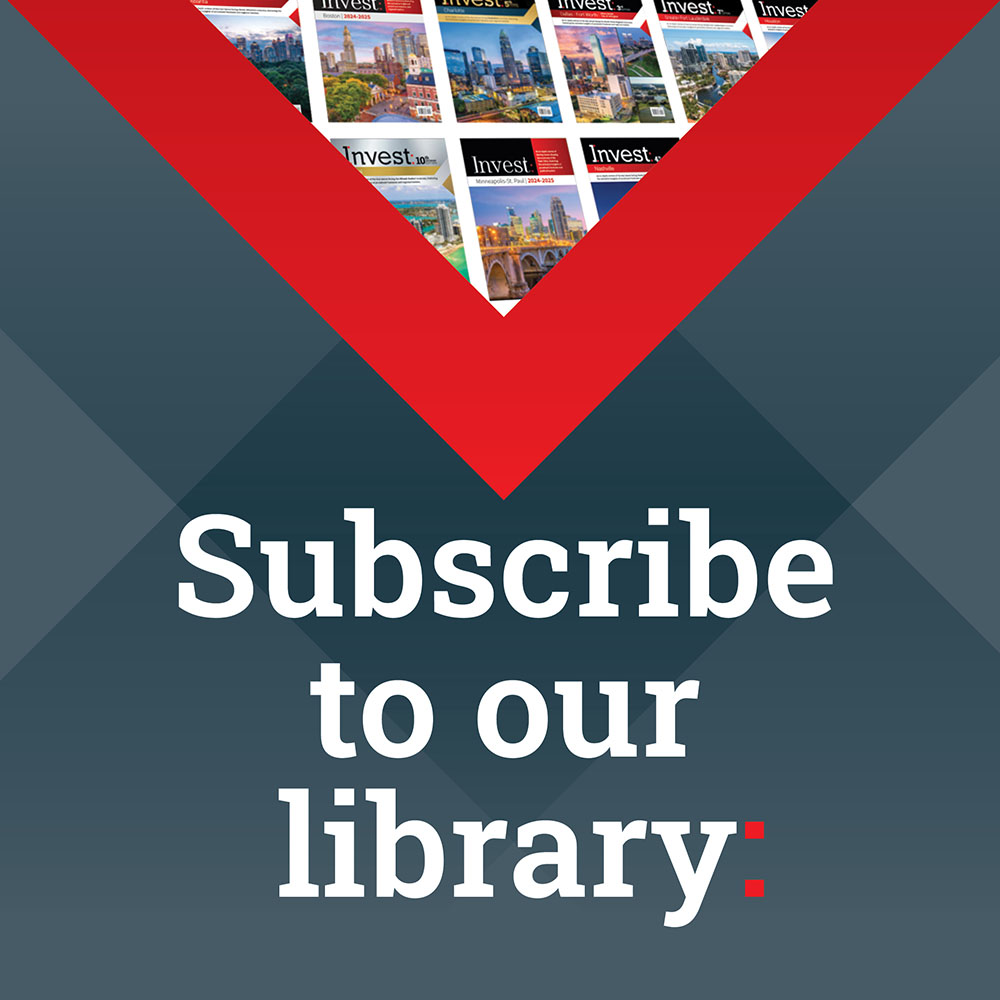Spotlight On: Jochen Reiser, President, University of Texas Medical Branch & CEO, UTMB Health System
 July 2024 — “The healthcare sector is in the middle of a revolution,” said Jochen Reiser, president of the University of Texas Medical Branch and CEO of the UTMB Health System. “As healthcare providers or physicians, we have actively started the revolution because the pandemic taught us we can work together in very different ways while achieving greater results and better outcomes,” Reiser told Invest:.
July 2024 — “The healthcare sector is in the middle of a revolution,” said Jochen Reiser, president of the University of Texas Medical Branch and CEO of the UTMB Health System. “As healthcare providers or physicians, we have actively started the revolution because the pandemic taught us we can work together in very different ways while achieving greater results and better outcomes,” Reiser told Invest:.
What were the key achievements for UTMB over the past year?
UTMB is home to the oldest medical school and nursing school and also one of the first physician assistant schools located west of the Mississippi River. Clearly, UTMB remains an exceptional academic health center. For today’s modern times, our tripartite mission of clinical care, education, and research is being expanded into an additional fourth mission—innovation. Innovation is now officially a fourth domain at UTMB that we kicked off in late fall last year.
As part of our innovation mission, we started a UTMB Life Science Incubator that is fully built out for biotech entrepreneurial businesses. It’s essentially helping establish new technologies and new knowledge that can be translated to the for-profit sector for further development, which includes bringing capital from outside UTMB to support innovation. From there it can continue to grow, into the Texas Medical Center or even to the East Coast into Boston’s Kendall Square, or to the West Coast and Silicon Valley, for example. The opening of the Incubator and the creation of an entirely new domain is certainly one of our biggest highlights, thus far.
We also thought about a new way of bringing our four missions closer together, because they do have significant overlap. For example, if today, a physician or a nurse is hired, that person is not just practicing clinical care. They might have a significant portion of administrative time serving on a committee or perform mentoring functions. Because of that, we reorganized the structure of UTMB so that a significant leadership team in all domains is coming together more seamlessly to discuss how best to govern the different missions of UTMB at our four campuses—Angleton Danbury, Clear Lake, Galveston and League City—and our more than 100 clinic and pharmacy spaces across Southeast Texas. When you do a reorganization change like that, a lot of communication is required, a lot of talking it through, alleviating concerns, and staying positive and keeping your workforce informed. We are also conducting feedback sessions and have created the role of chief integration officer to ensure changes are being implemented with near zero disruption to work flows.
We also have smaller achievements that are nevertheless important in the grand scheme. One of those is our apprenticeship program. Let’s use MRI technologists, for example. With an apprenticeship, people become UTMB employees and earn a salary while they receive classroom or clinical instruction. This program is very popular. The same is true for the Certified Nursing Assistants apprenticeship. These apprenticeship programs at UTMB can counterbalance a shrinking healthcare workforce. People may be in their 20s and have a young child, so financially, they often cannot afford to stop working to get more education. But with the apprenticeship program at UTMB, they can further their education while still working. That has been a great success for us.
For what skills or traits are you seeing the most demand from the healthcare sector, and how are you planning to address that demand?
When you talk about best healthcare and education, we need different skills to come together into an ecosystem of health and learning. Right now, we are certainly in need of new nursing models of care, new nursing staff, and we’re in need of physicians, but we also need medical assistants. We want to make sure we have enough workforce to be able to provide timely access to care and provide the best outcomes.
UTMB’s School of Nursing is ranked among the top online programs in the nation—No. 4 for veterans and No. 12 for its online graduate nursing program in the latest U.S. News & World Report rankings, a distinction it has garnered for several consecutive years. Our nursing school has worked hard to ensure that all of our students—whether they attend online or in person—are receiving a top-notch healthcare education while also enabling us to address the shortage in the nursing workforce by providing more opportunities for learners.
We’re also doubling down, going further into our local high schools to identify those who may be interested in healthcare careers. Current high school students can spend a certain number of weeks over summer break at UTMB or an associated facility to learn more about working in healthcare. Often, learners from local communities later stay practicing in the community and with that build health and provide access to care in our neighborhoods.
[fusion_images order_by=”desc” picture_size=”auto” hover_type=”none” autoplay=”yes” autoplay_speed=”3000″ flex_align_items=”center” columns=”1″ column_spacing=”0″ scroll_items=”” show_nav=”yes” mouse_scroll=”no” border=”no” lightbox=”no” margin_top=”” margin_right=”” margin_bottom=”” margin_left=”” hide_on_mobile=”small-visibility,medium-visibility,large-visibility” class=”” id=”” caption_style=”off” caption_title_tag=”2″ fusion_font_family_caption_title_font=”” fusion_font_variant_caption_title_font=”” caption_title_size=”” caption_title_line_height=”” caption_title_letter_spacing=”” caption_title_transform=”” caption_title_color=”” hue=”” saturation=”” lightness=”” alpha=”” caption_background_color=”” fusion_font_family_caption_text_font=”” fusion_font_variant_caption_text_font=”” caption_text_size=”” caption_text_line_height=”” caption_text_letter_spacing=”” caption_text_transform=”” caption_text_color=”” caption_border_color=”” caption_overlay_color=”” caption_align_medium=”none” caption_align_small=”none” caption_align=”none” caption_margin_top=”” caption_margin_right=”” caption_margin_bottom=”” caption_margin_left=”” parent_dynamic_content=””] [fusion_image image=”https://capitalanalyticsassociates.com/wp-content/uploads/2024/07/CAA24_Invest-Insights-S6-Web-Banners-7.jpg” image_id=”64377″ image_title=”” image_caption=”” link=”” linktarget=”_self” alt=”” /] [fusion_image image=”https://capitalanalyticsassociates.com/wp-content/uploads/2024/07/CAA24_Invest-Insights-S6-Web-Banners-10.jpg” image_id=”64380″ image_title=”” image_caption=”” link=”” linktarget=”_self” alt=”” /] [fusion_image image=”https://capitalanalyticsassociates.com/wp-content/uploads/2024/07/CAA24_Invest-Insights-S6-Web-Banners-9.jpg” image_id=”64379″ image_title=”” image_caption=”” link=”” linktarget=”_self” alt=”” /] [fusion_image image=”https://capitalanalyticsassociates.com/wp-content/uploads/2024/07/CAA24_Invest-Insights-S6-Web-Banners-8.jpg” image_id=”64378″ image_title=”” image_caption=”” link=”” linktarget=”_self” alt=”” /] [/fusion_images]
How do you see the healthcare sector evolving over the next two to three years?
We’re in the middle of a healthcare revolution with a rising need for providers, rising costs and new technologies and insights. As healthcare providers or physicians, we have actively started the revolution because the pandemic taught us we can work together in very different ways while achieving greater results and better outcomes. We must embrace technologies like telemedicine. We must embrace artificial intelligence, a tool becoming increasingly integrated into the healthcare sector. AI is a powerful tool to lessen administrative burden on physicians so they can spend more time contemplating the right therapeutic approach versus documentation and analyzing information from various sources. We’re using new software programs to assist us in analyzing tissues and diseases in a much more rigorous way. Computers are assisting humans in making earlier diagnoses and finding more effective treatments. This is truly a fusion of actual intelligence with artificial intelligence. We won’t ever replace the human touch.
It is also important that we embrace our students and engage with them in different ways. We need to make sure that early in their academic journey, they are being connected to the clinical side of medicine. Students no longer learn physics and biochemistry as isolated topics, and then years later, students start being involved with patients. All of these elements are intertwined. When you look at all of this and you look at the times that we are living in, where medical knowledge doubles within 73 days —when in 1950, it used to double over 50 years—we must deliver care in a nimble and novel way because the customers, who are our patients, are also demanding more and better services and are much better informed.
What are your top priorities for the near term?
One is to solidify what we have already done. We want to make sure that this is being galvanized with communication, talking it through, and making sure every voice is heard. If we have some feedback, we embrace it, and we will continue to do that. The other part is that I plan to be involved with the state legislature and our local legislators to maintain our campuses and continue investing in education and healthcare. That is going to be a big goal for me in 2025.
Another priority, and I’m very excited about this, is a strategic plan to look at what we will do at UTMB over the next five years. As part of that plan, we will continue to focus on expansion and growth of services to enhance patient access, embrace new models of care and raise funds for new research programs around brain health, healthy aging and heart and kidney health. In terms of future growth, next year is going to be a very exciting time for us.
For more information, please visit:


